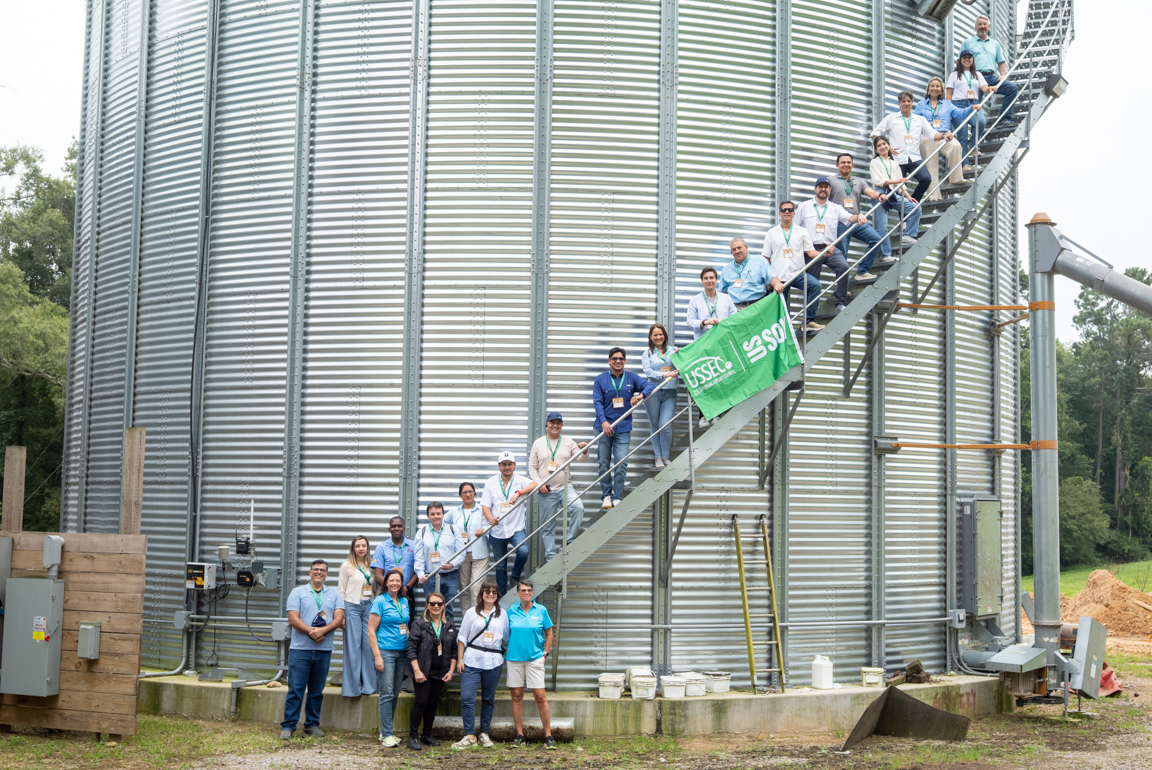January Soybean Market Insights with Mac Marshall

The January World Agricultural Supply and Demand Estimates from the U.S. Department of Agriculture issued key revisions this month to the prior year’s crop size, incorporating updated information on prevented plantings and yield. Higher soybean exports and lower soybean ending stocks are leading to a price rally.
The USDA WASDE Report provides a timely and unbiased summary of the current agricultural market. From each report, Mac Marshall, vice president of market intelligence for the United Soybean Board and U.S. Soybean Export Council, delivers a monthly U.S. Soy WASDE webcast with market analysis and insight into market trends.
Domestic Revisions Show Tightening Stocks
According to Marshall, this month’s report brought downward revisions to production due to a reduction in projected 2020/21 soy ending stocks, further tightening the U.S. balance sheet.
“We saw a tremendous price response owed to already tight balance sheets getting even tighter,” said Marshall. “USDA revised production figures, taking down the U.S. 2020 soybean crop size slightly by 35 million bushels.”
That revision in production took the U.S. from an expected carryout of 175 million bushels to 140. This is about a 3% stocks-to-use ratio, which is the tightest the U.S. has seen in nearly a decade.
The January report forecasts soybean and soybean product prices once again higher since September. The U.S. season average soybean price for the 2020/21 marketing year is projected at $11.15 per bushel, up 60 cents as cash prices in central Illinois reach six-year highs. The soybean meal price is projected at $390 per short ton, up $20 while soybean oil is forecast at 38.5 cents per pound, up 2.5 cents.
U.S. Export Potential Up
This month’s soybean crush forecast rose 5 million bushels to 2.2 billion, highlighting improved prospects for soybean meal exports with a lower export forecast for Argentina. The U.S. soybean export forecast was raised 30 million bushels to a record 2.23 billion.
“We’ve had a really aggressive export sales pace starting on September 1 and carrying throughout the entire marketing year,” said Marshall. “USDA issued an upward revision to their projection for U.S. soybean exports, bringing it over 60 million metric tons for the first time since 2017.”
And revisions to production forecasts for other major sources of soybeans support the projected uptick in U.S. soybean exports. According to USDA, dryer weather conditions through December into early January lowered projected South American soybean production by 2 million metric tons to 48 million metric tons for Argentina and 2.2 million metric tons for Uruguay, with no revisions to Brazilian production.
“South America has experienced dryness throughout major growing regions over much of the planting season,” said Marshall. “While the Brazilian crop size was not revised in this release, dryness has been more pronounced in Argentina, constituting a total net reduction in the projected crop size of 5.5 million metric tons since October when the crop was projected at 53.5 million metric tons.”
Chinese domestic soybean use was revised up 0.3 million metric tons, bringing total Chinese soybean consumption to 117.7 million metric tons. Production in China increased by 2.1 million metric tons to 19.6 million metric tons, driven by increased cultivated area according to China’s Ministry of Agriculture and Rural Affairs.
Global soybean stocks lowered 1.3 million metric tons to 84.3 million metric tons, with lower stocks for Argentina and the United States partly offset by higher stocks for China.
“Farmers are going to be looking at what current estimates and price signals imply for the upcoming planting season, providing strong signals for additional soy plantings in 2021,” said Marshall. “U.S. Soy remains committed and well-positioned to supply and nourish an ever-growing and evolving world.”
For more information on the current status of U.S. soy, view the January WASDE report. To watch U.S. Soy’s January 2020 WASDE Update, register here.



